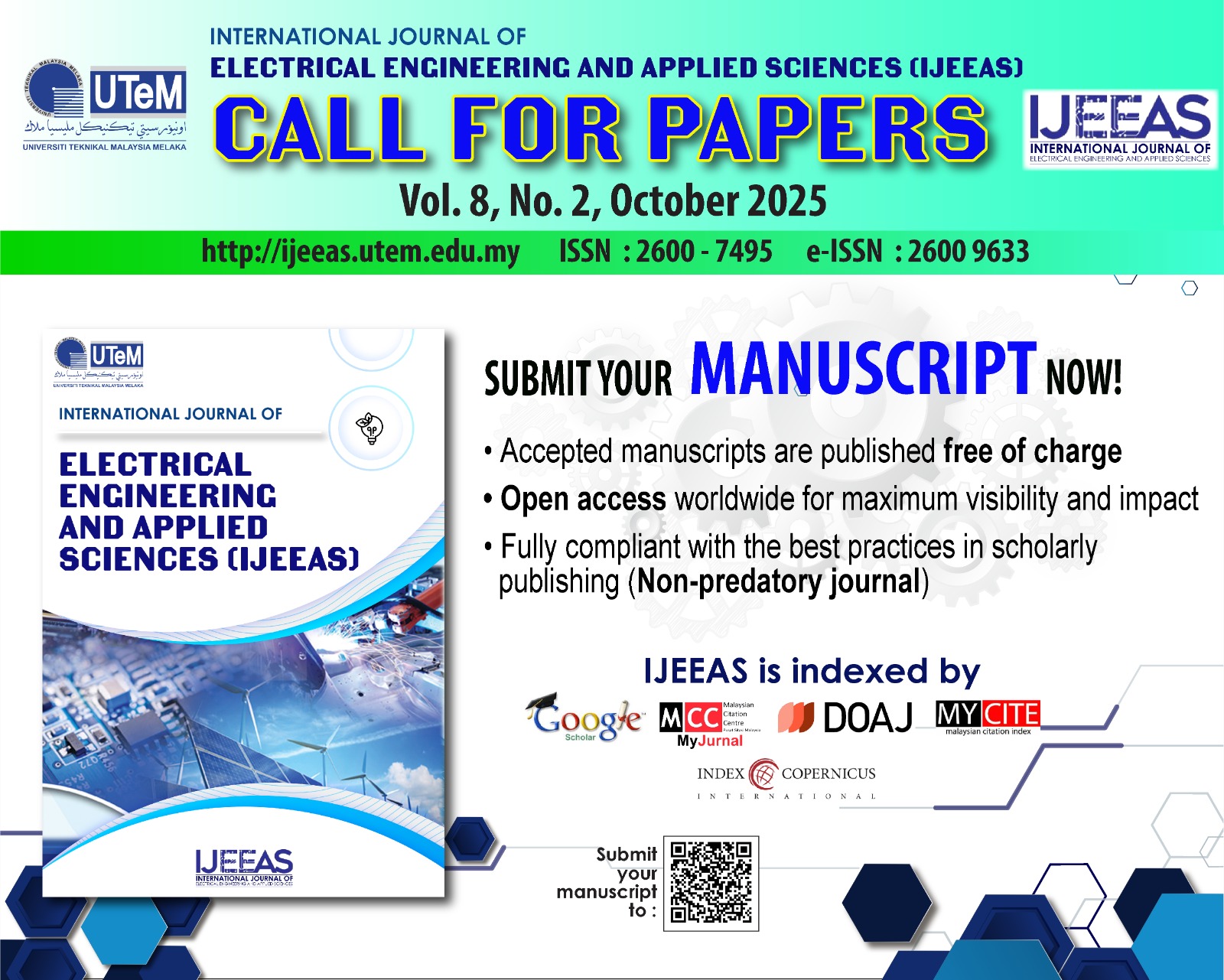Implementation of a Decoupled Model Reference Adaptive Control (MRAC) of a Flotation Process
DOI:
https://doi.org/10.54554/ijeeas.2025.8.01.010Abstract
The approach of applying the Massachusetts Institute of Technology, MIT rule as a decoupled Model Reference Adaptive Controller (MRAC) for a column flotation process is taken up in this article. The airflow rate and wash water flow rate can be adequately regulated with this control scheme. The air holdup and froth depth in the collection zone are used to determine the process performance. Furthermore, a Beckhoff PLC is utilized to evaluate the decoupled MRAC controller. Determining the performance requirements for the implemented controller based on the design simulations is the aim of this evaluation. Unlike the simulated results, the implemented MRAC controller exhibits stability depending on the magnitude of the set point change. This is evident in both the gas holdup and froth height responses. This study indicates the ability of the MRAC controller to be improved by tailoring the reference model accordingly. Improvements such as Overshoot, Peak, and Rise Time can be seen when comparing the response characteristics of Tables II and IV. However, there is not much improvement when it comes to the system’s Settling Time.
Downloads
Downloads
Published
How to Cite
Issue
Section
License
Authors who publish with this journal agree to the following terms:
- Authors retain copyright and grant the journal right of first publication with the work simultaneously licensed under a Creative Commons Attribution License that allows others to share the work with an acknowledgement of the work's authorship and initial publication in this journal.
- Authors are able to enter into separate, additional contractual arrangements for the non-exclusive distribution of the journal's published version of the work (e.g., post it to an institutional repository or publish it in a book), with an acknowledgement of its initial publication in this journal.
- Authors are permitted and encouraged to post their work online (e.g., in institutional repositories or on their website) prior to and during the submission process, as it can lead to productive exchanges, as well as earlier and greater citation of published work (See The Effect of Open Access).







